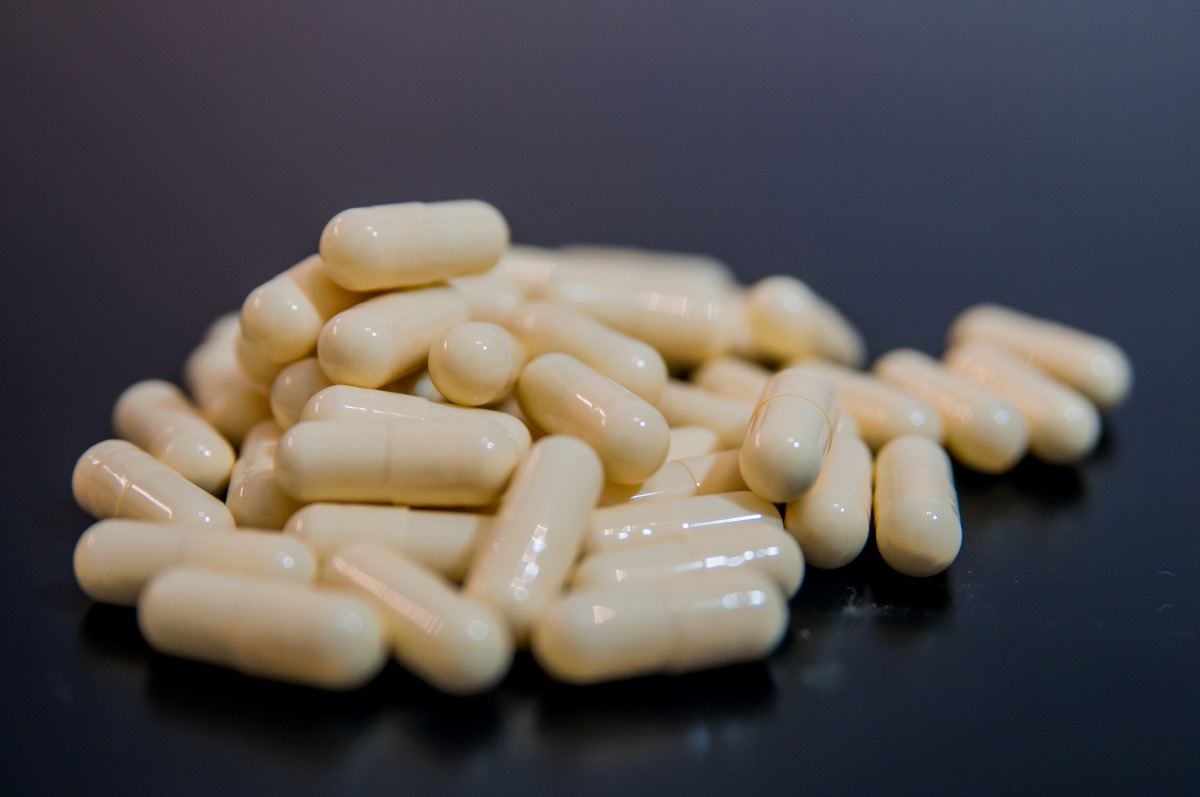Ointments are an essential part of healthcare, offering targeted relief for everything from skin irritations to more serious conditions like psoriasis and eczema. Whether it’s a soothing balm for a rash or a medicated cream for healing wounds, the process behind ointment manufacturing is intricate and requires a precise balance of science and innovation. As a global leader in pharmaceutical production, India has become a key player in the ointment manufacturing industry, producing high-quality topical treatments that are trusted worldwide.
In this blog, we’ll explore the world of ointment manufacturer, with a special focus on pharmaceutical ointment manufacturers in Baddi, India’s pharmaceutical capital. We’ll delve into the science, technology, and innovation driving the industry, while also looking at India’s role in leading the global market.
What is Ointment Manufacturing?
Ointments are semi-solid preparations that contain active pharmaceutical ingredients (APIs) and are applied to the skin for localized treatment. Unlike tablets or injections, which work systemically, ointments provide localized relief and are often used for conditions affecting the skin, eyes, nose, or mucous membranes.
The manufacturing process involves blending the API with a base, which could be hydrophobic (oil-based), hydrophilic (water-based), or an emulsion of both. The result is a smooth, spreadable product designed for easy application and absorption.
There are several key types of ointments, including:
- Medicated ointments: Contain active ingredients for therapeutic use (e.g., antibiotics or anti-inflammatory drugs).
- Protective ointments: Form a barrier on the skin to protect against irritation or infection.
- Emollient ointments: Provide moisture and relief for dry, cracked, or irritated skin.
The Process of Ointment Manufacturing
Ointment manufacturing is a highly specialized process that requires strict adherence to pharmaceutical standards to ensure product safety, efficacy, and consistency. Below are the key stages involved in creating an ointment:
1. Formulation Development
Before any ointment hits the production line, the formulation must be developed. This involves determining the right concentration of the active ingredient, as well as the base and any additional excipients. The choice of base is crucial since it determines the product’s texture, absorption rate, and overall efficacy.
For instance, hydrophobic ointments, which are oil-based, are typically used for conditions where a protective barrier is needed, while hydrophilic ointments, which are water-based, are preferred for quick absorption and ease of use. The formulation stage involves rigorous testing to ensure that the active ingredient is stable and effective in the ointment form.
2. Mixing and Homogenization
Once the formulation is approved, the ingredients are blended together in a process known as mixing and homogenization. This is where the active pharmaceutical ingredient is combined with the ointment base to create a smooth, uniform mixture. The process involves high-speed mixers and homogenizers that ensure the ointment is evenly blended without any clumping or separation.
Temperature control is crucial during this stage. Ointments with heat-sensitive ingredients require precision handling to avoid degrading the active components.
3. Sterilization
Sterility is critical, especially for ointments that are applied to sensitive areas such as the eyes or open wounds. The manufacturing environment must be free from contaminants, and strict GMP (Good Manufacturing Practices) protocols are followed to maintain hygiene and safety. Sterilization techniques include the use of high-temperature heating or filtration, depending on the nature of the ingredients and the final product.
4. Filling and Packaging
Once the ointment is prepared, it is transferred into sterile containers such as tubes, jars, or other packaging formats. Automated machines ensure precise filling and sealing, guaranteeing that each package contains the correct amount of product. Ointment packaging is typically designed to be airtight to preserve the product’s stability and prevent contamination after opening.
5. Quality Control
Each batch of ointments undergoes rigorous quality control testing. This includes checking for consistency in texture, ensuring proper concentration of the active ingredients, and testing for stability under different conditions. The pH balance, viscosity, and spreadability are also examined to make sure the product is effective and comfortable for the end user.
India’s Role in Ointment Manufacturing
India has emerged as a global leader in the pharmaceutical industry, and ointment manufacturing is no exception. With a vast network of manufacturing facilities and a skilled workforce, the country produces high-quality topical treatments at competitive prices, making it a key player in the global market. According to the Indian Brand Equity Foundation (IBEF), India supplies 50% of the world’s demand for various vaccines and 40% of generic drugs, including ointments and other topical applications (IBEF, 2022).
Baddi: The Heart of Ointment Manufacturing in India
Nestled in the foothills of Himachal Pradesh, Baddi is widely regarded as the pharmaceutical hub of India. It is home to hundreds of pharmaceutical companies, many of which specialize in ointment production. Ointment manufacturers in Baddi benefit from world-class infrastructure, government support, and a favorable regulatory environment, allowing them to produce high-quality products for both domestic and international markets.
Many ointment manufacturing companies in India operate in Baddi due to the region’s strategic location, low production costs, and access to a highly skilled workforce. Additionally, Baddi’s proximity to key markets within India and easy access to export routes has made it a central player in the global pharmaceutical supply chain.
Market Trends and Industry Insights
- Growing Demand: The global demand for topical treatments, including ointments, is on the rise. According to a report by Grand View Research, the global market for topical drug delivery systems is expected to grow at a CAGR of 9.1% from 2021 to 2028, driven by the increasing prevalence of dermatological diseases and the growing geriatric population (Grand View Research, 2021).
- Innovations in Ointment Bases: Advances in formulation technology have led to the development of new ointment bases that offer improved absorption and bioavailability. For instance, researchers are exploring the use of nanoemulsions and liposomal carriers to enhance the delivery of active ingredients through the skin barrier.
- Sustainability in Manufacturing: As environmental concerns become more prominent in the pharmaceutical industry, many ointment manufacturers are adopting sustainable practices. This includes reducing energy consumption during production, minimizing waste, and using eco-friendly packaging materials.
Challenges in Ointment Manufacturing
While India is a leading player in the ointment manufacturing industry, the sector faces several challenges:
- Regulatory Compliance: Meeting the regulatory requirements of various countries is a complex and time-consuming process. Ointment manufacturers in India must navigate the stringent quality standards set by international bodies such as the USFDA, WHO, and EMA.
- Supply Chain Disruptions: The global supply chain for pharmaceutical raw materials has been significantly impacted by events such as the COVID-19 pandemic. Ensuring a consistent supply of high-quality ingredients is critical to maintaining production.
- Formulation Stability: Developing stable formulations, especially for heat-sensitive APIs, is a challenge in ointment manufacturing. Manufacturers must invest in advanced R&D to create products that maintain their efficacy under different environmental conditions.
The Future of Ointment Manufacturing
The future of ointment manufacturing in India is bright, with continued investments in research and development, technological innovation, and sustainability practices. Ointment manufacturers are exploring new formulations that enhance drug absorption, improve patient compliance, and offer longer shelf life.
In particular, ointment manufacturing companies in India are expected to focus on:
- Personalized Medicine: Tailoring ointments to individual needs, particularly for chronic skin conditions.
- Advanced Drug Delivery Systems: Incorporating nanotechnology and transdermal systems to improve the efficacy of ointments.
- Green Manufacturing: Reducing the environmental impact of production by adopting cleaner processes and materials.
India’s pharmaceutical industry continues to expand its influence on the global stage, and ointment manufacturers are at the forefront of this growth. With Baddi serving as a major hub, ointment manufacturing companies in India are well-positioned to meet the increasing global demand for high-quality, affordable topical treatments.
Whether it’s a soothing skin cream or a life-saving medicated ointment, the science and innovation behind every tube or jar are a testament to India’s leadership in pharmaceutical manufacturing. As the industry continues to evolve, India’s ointment manufacturers will remain key players in delivering effective, safe, and innovative solutions to patients worldwide.
References:
- IBEF (2022). “Indian Pharmaceutical Industry Overview.” Indian Brand Equity Foundation.
- Grand View Research (2021). “Topical Drug Delivery Systems Market Size & Trends Analysis.”
- Niazi, S. (2019). Handbook of Pharmaceutical Manufacturing Formulations. CRC Press.





